Each year, I invite my clients to participate in the Lucky Break client survey. I ask you all sorts of things: about your business, small business finances, where you turn for advice, how confident you feel in various aspects of your business, and what’s keeping you awake at night.
Several hundred people rose to the occasion this year (thank you!) and I’ve been sharing some of the most common responses. I sifted through hundreds of survey answers to discover that the vast majority of replies fell under one of five main umbrellas. In part one of this blog series, I talked about entrepreneur anxiety and the deep-seated fears of failure that many of us harbor. In part two, I dug deep into the daily entrepreneur overwhelm and our difficulty connecting with ideal customers.
But those aren’t the only things rumbling across our brain waves at 1am. We have a few other things that lay heavy on our minds… the information that appears as bulleted items below represents verbatim responses from the Lucky Break community. In the final installment of this blog series, I’m talking about the worries around small business finances and the constant battle between the left + ride sides of our brains.
THE CONSTANT BATTLE BETWEEN OUR BUSINESS + CREATIVE TO DO LISTS
- Keeping on top of the minutia of running a business while also focusing on the tree top-level creativity and visioning of being a CEO.
- Balancing production work and creativity.
- Finding a way to step away from production so that I can grow the business side of things, and design more.
- Wondering how to pull myself into a more hands-off role as designer so I can do more of what I truly love, which has nothing to do with my business.
I think it’s fair to say that 95% of my clients are more drawn to the “creative” side of their business. Things like new product development, production, and packaging design light them up. But the bookkeeping, taxes, marketing, HR side of the business? Most don’t feel even the tiniest spark of inspiration when servicing those aspects of their company. Sound familiar? But the creative brands that have staying power pay as much (if not more) attention to the “business” side of the business. Those that don’t either struggle silently for years- working more than they ever imagined for far less profit than they imagined- or they close up shop in years 2-4 after giving the business a good romp.
The less “sexy” side of the business? The one you’re less excited by and less comfortable with? That’s the area where we need to throw most of our muscle. That’s what self-development is all about… challenging yourself. Getting to the root of what makes you uncomfortable. Learning new skill sets. Reframing your perspective. That’s not just some self-help “woo woo”… that’s the heart of entrepreneurship.
By year four of my product-based brand, I had transitioned out of all day-to-day tasks: production, scheduling, material ordering, bookkeeping, customer service. My very first hire was a very part-time assistant to package products. My second? A full-time production manager who I taught to make all of our products. My third? A full-time office manager to answer emails, man the phone, and package shipments while I focused on new product development, marketing, wholesale outreach, and cultivating key relationships.
By year six, I had eight employees, including a wholesale account specialist, production assistants, a shipping helper, and someone who worked full-time washing dishes, mopping floors, breaking down boxes, and checking in incoming materials. I started that company as a single mom on food stamps with less a $500 investment. And by year four, we were grinding out more than a million in revenue. But I knew early on that I’d never get there if I was primarily focused on product creation. No way, no how. Getting yourself out of the daily grind is a must! Eventually, the role I assumed was creative director with some strategic vision thrown in for good measure… it was everything that I’d wanted, but it took a hell of a lot of hustle to get there.
My advice? Outsource first, delegate second, hire third. You have three solid options when it comes to nudging things off your plate…
1. Explore the possibility of hiring service-based businesses who are experts in their field. Think: attorneys to register and police your intellectual property. Graphic designers to create your packaging and marketing materials. Professional photographers to help your up-level your product presentation. Bookkeepers to keep your finances in order. True experts are mind-blowingly efficient and you have no ongoing commitment to these pros.
2. You can often tag peeps in on an “as needed” basis for special projects as independent contractors on a 1099 tax form. That will spare you the expense, paperwork, and long-term commitment associated with actual employees. Think: social media managers to create content + ads for your primary channels. Virtual assistants to answer routine customer service emails, compile data, and conduct research.
3. If you need control over someone’s schedule or need to utilize their skill set for more than the occasional project, then it’s time to hire an actual employee. That’s more complicated and there’s definitely a learning curve involved, but my HR In A Box system can help you navigate the path ahead. The good news? You have far more control over employees and they’re likely to be heavily invested to the success of the company.
I recently contributed some hiring advice for small businesses to a juicy blog published by The Soap Queen.
And finally- think about how you can refine the creative process to scale your production. Is that a bigger kiln? A new printing press? A new labeling or filling machine? Larger molds? Carefully track your production process to see where things are getting snagged, then actively explore solutions that help you produce more product in less time. I’ve found that to be especially essential when you’re a one-or- two woman show. If you could cut your production time by half, imagine how much more time you could invest in marketing and outreach!
MONEY, MONEY, MONEY
- Money, the not making it part.
- Not being able to show a net profit at the end of the year. Expenses outstripping revenue because my inventory turnover takes too long.
- Financing the business.
- Bookkeeping! And taxes.
- Does the business make enough money to live off of it?
- Growth and expansion, basically how to invest money in the business and not waste money.
- Managing growth and cash flow.
- Always money. Will what I’m doing pay my bills and keep my lights on?
- Finding the money to get it all done. I have a plan and list of what needs to be done, just not the funds to do it all. As such, the process is slow and steady. It’s also a bit stressful as I have taken on credit card debt to get started.
- Money. Cash flow is the number one issue that we’re facing. With a larger number of shops carrying our products, we’ve begun extending Net Terms.
The financial struggle can be so, so real. I’ve felt that crunch and tossed in my bed with worry at various points along my entrepreneurial journey, and these experiences have yielded some wisdom about how you can manage this critical facet of your small business with ease.
- Avoid taking on personal credit card debt on behalf of the business. In a recent review outlining is Credit Sesame legit – it’s been found that personal cards are often the most accessible source of capital for many of us, but buyer beware: interest rates are high, your personal credit score will be impacted, and the business bookkeeping is likely to become much, much muddier. Need more reasons to rethink your personal credit? Personal cards usually have lower limits, less tailored rewards programs, and you’ll shoulder 100% of the liability. Eek!
- Discover smarter funding sources. Kickstarter and Indiegogo can enable access to large swaths of cash and that’s a beautiful thing. BUT they require a steep learning curve, months and months of energy, and the platforms themselves collect a handsome cut of the funds, not to mention all the money you’ll spend fulfilling all those rewards. Traditional banks are hard to access and the process can be intimidating. PayPal Working Capital + Shopify Capital are both capable of delivering funds lightning fast, but that debt is expensive to service and dependent on your business already raking in consistent revenue. So what’s a newer brand to do?
I love, love, love Kiva as a crowdfunding source. In a nutshell: Kiva began as a nonprofit working in developing countries with a mission to alleviate poverty through microloans. A farmer in Peru or a shopkeeper in Uganda could apply for a loan to improve their home, send a child to school, or grow their business. Their story is profiled on the Kiva site and peeps like you and I can each pitch in $25 until the loan is fully funded. Over time, the recipient pays the loan back, and the funders receive the initial amount without interest.
Several years ago, Kiva launched a separate crowdfunding program designed to support American entrepreneurs. Now businesses like yours and mine can apply to receive an initial loan of up to $10,000. The process begins with a simple online application which collects information about you, your business, and your plans for the moolah. The best part about Kiva? There are ZERO fees attached to the loan, you pay ZERO interest, and nothing appears on your personal credit record. No, really… I promise. I invite you to learn more about how Kiva works and take an inside peak at how a member of the Lucky Break team recently managed the Kiva loan process for her small business.
No, Kiva won’t take you across the 6-figure threshold like some of the more successful Kickstarter campaigns, but it will save you about 95% of the time needed to manage a Kickstarter. It will also save you about 9% of your overall loan (that’s about what Kickstarter collects from you), and you can launch the loan process and close the whole she-bang in about 40 days. Even better? Once your initial loan is paid off, you can take out a second loan for up to $25,000. Kiva might just be the thing you need to purchase that new piece of equipment, hire a pro photographer or designer, or launch a new website.
- Invest thoughtfully, incrementally, and where you’ll get the most punch for the dollar. Before you plunk down serious dollars for professional help or fancy machinery, think carefully about what results that investment will yield and how they’ll ultimately impact your business. It’s tempting to make hasty decisions because there’s money in our bank accounts and we’re riding on a wave of passion, but everything has an opportunity cost. If you invest in this new machine, in what other facets of your business will you need to pass on investing for this particular season? Precious few of us have access to piles of cash, so the cash we do have access to needs to be carefully considered.
Think, too, about incremental investing. You may be pining for that fancy new automated filling machine, but would a manual machine make more sense in the moment? Or a more modest trade show booth versus a built-exactly-to-your-specs model? A DIY Shopify site built from a template rather than a totally custom site? Would a rubber stamp or branded shipping tape sufficiently enrich the unboxing experience while you work towards a custom-printed box? Think in incremental steps. Begin by sketching your dream website, unboxing experience, packaging scheme, workshop, etc. Then sketch out a more modest version, and finally a starting version that you can launch with seriously limited capital. Before you know it, you’ll have carved out your immediate launch plan, your growth plan, and your dream plan.
- Seek wise counsel. The financial waters can be dizzying, so I recommend honing in on a few key voices and studying them well. For financial planning, I recommend Mary Beth of Workable Wealth. For bookkeeping advice, bookkeeping services, and tax preparation, I recommend Amy Northard. Both of these ladies are educated, certified, and savvy. And they specialize in small, creative businesses run by women. In other words… they’re our kind of people. Mary Beth hosts her own podcast and Amy maintains an active blog, so there’s plenty of accessible information if you’re willing to whip out your shovel and dig in. I suggest hopping on their email lists and following them on social media, too!
I’m deeply grateful to everyone in the Lucky Break community who took a few moments to share their business with me via the Annual Client Survey. Missed your chance? Fret not, for there will be another opportunity to weigh in during October of 2019! I appreciate your honesty, your vulnerability, and your trust. I hope that seeing a few of the facets of business that are troubling your fellow makers + product designers brings some comfort. You’re not alone. This work is hard. You’re doing the best that you can. And you should be damn proud of that.
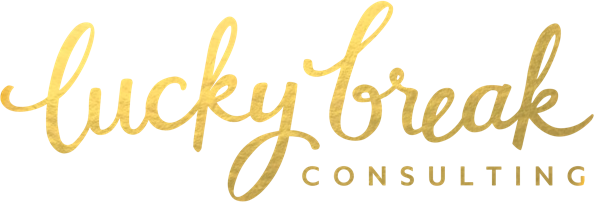

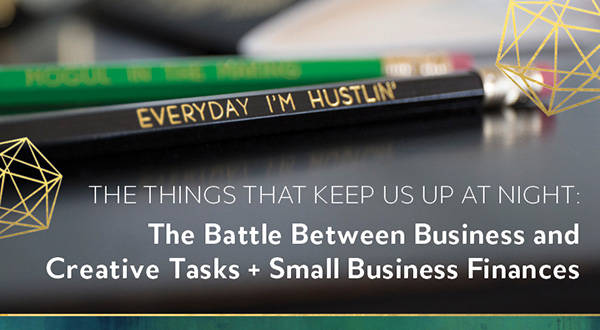
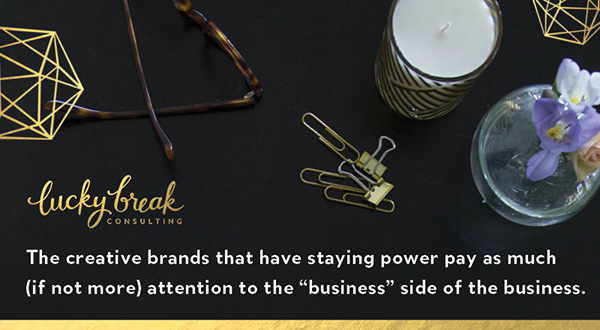
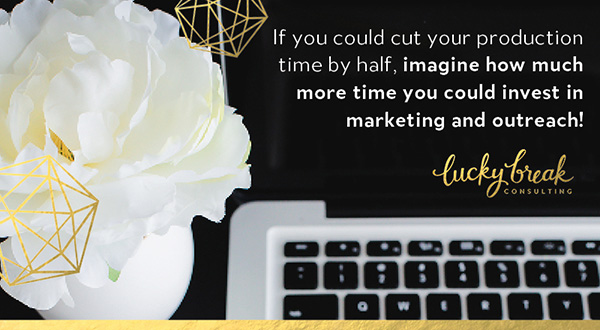
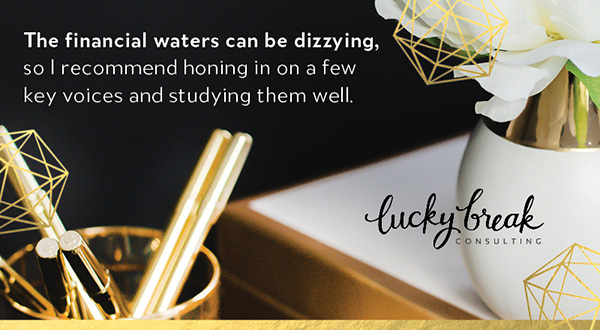
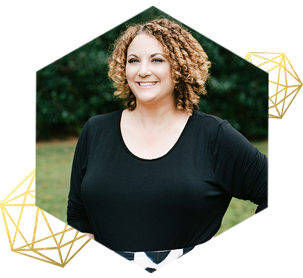
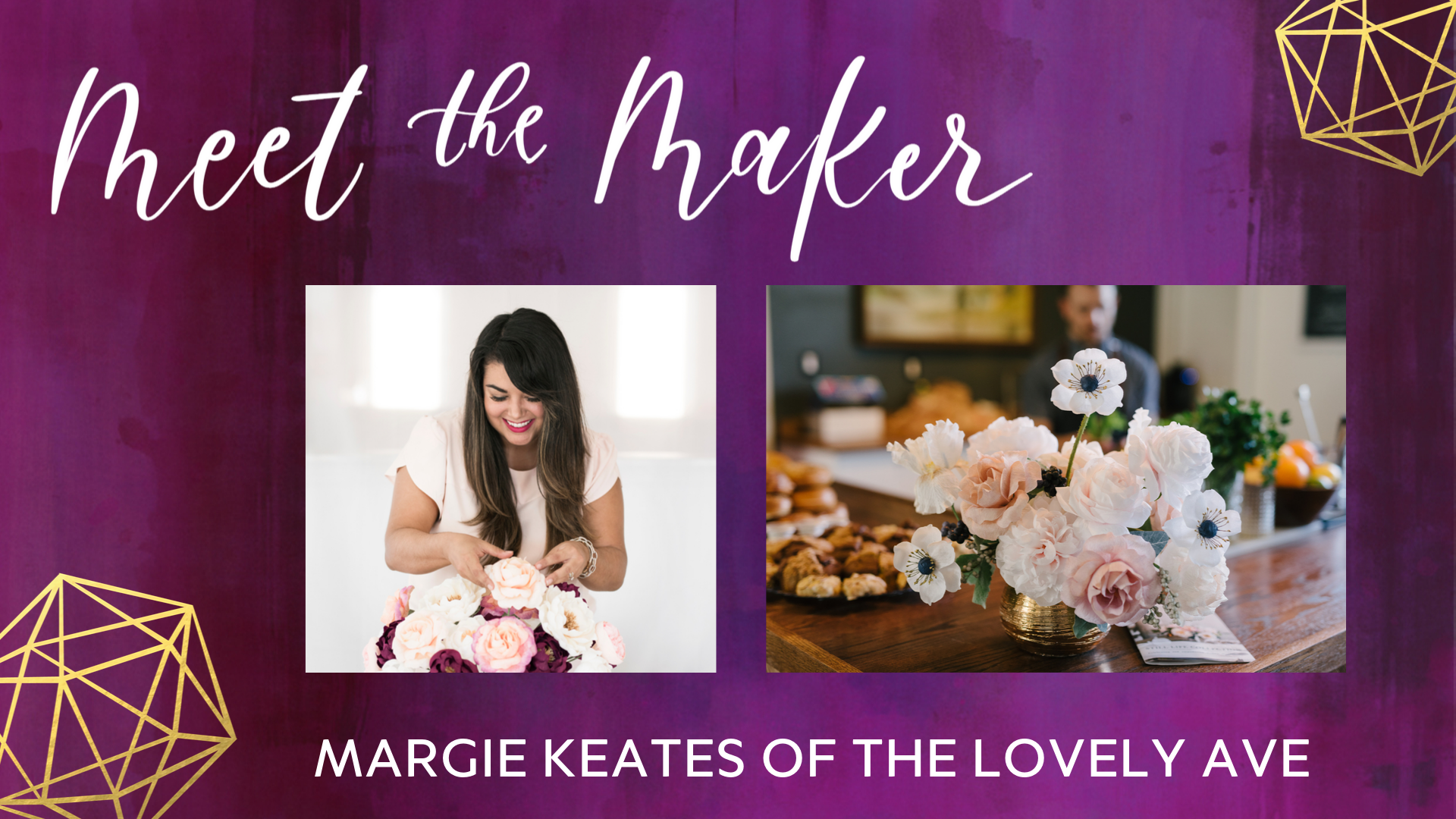
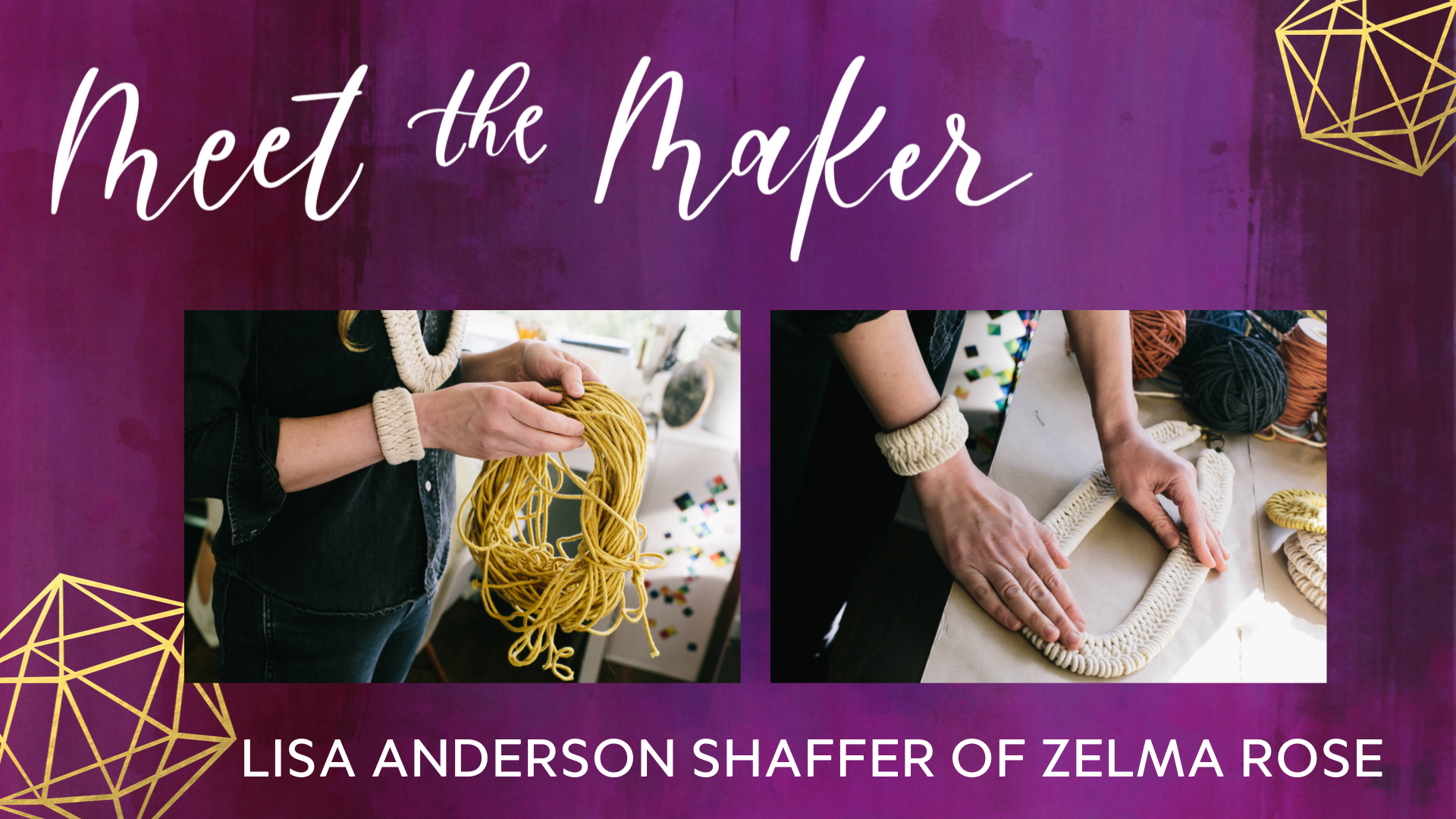
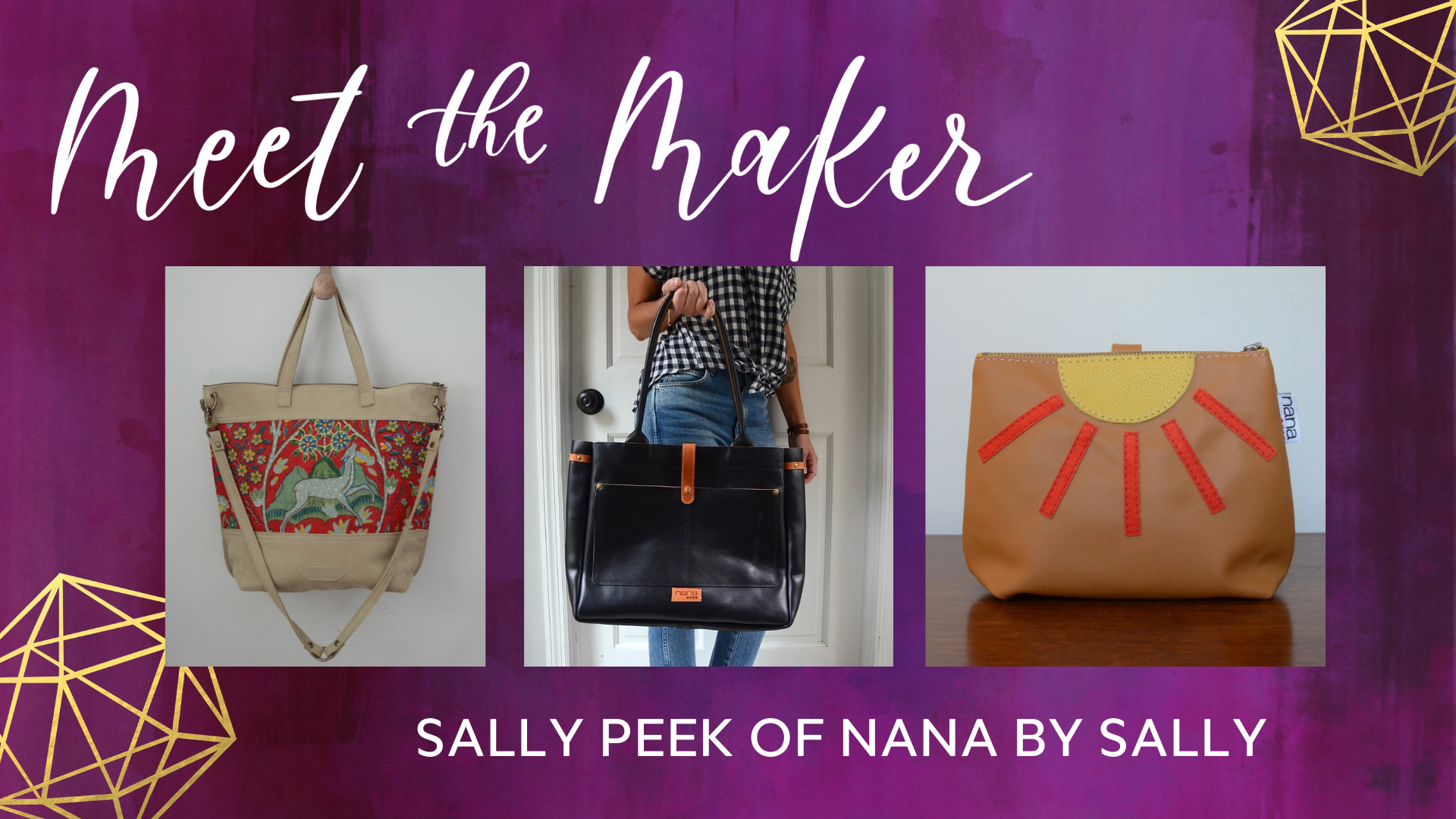
It’s not a easy job running your own business, some days I just want to pack it in.
Once again, I am receiving armfuls of bounty from your timely post. I am so grateful for what you share and bring to the table. I am feeling confident as I start the next growth steps in my next venture that I can turn to you and your team for the answers I know will be looking for me soon!
Cheers!
Nora